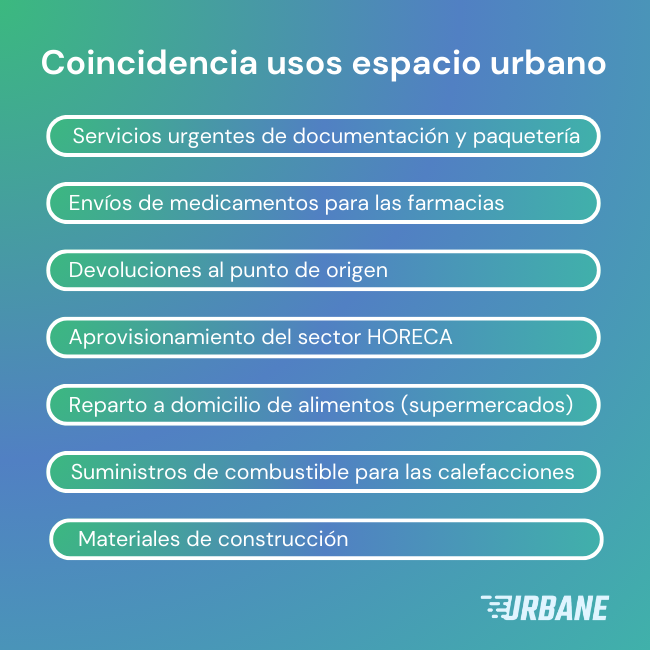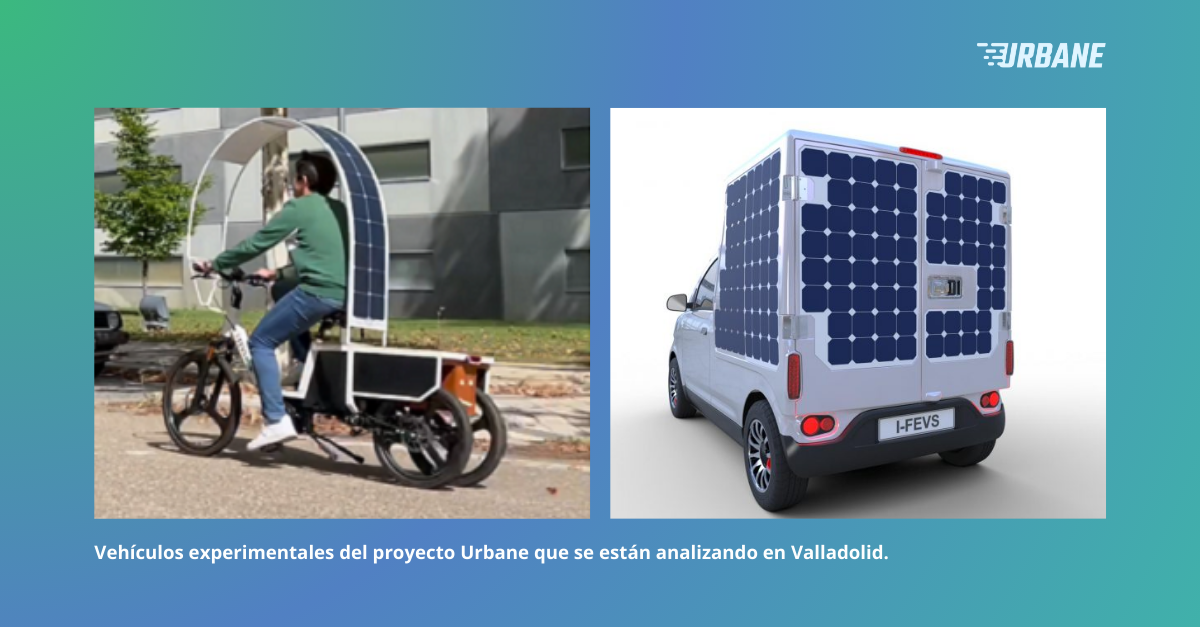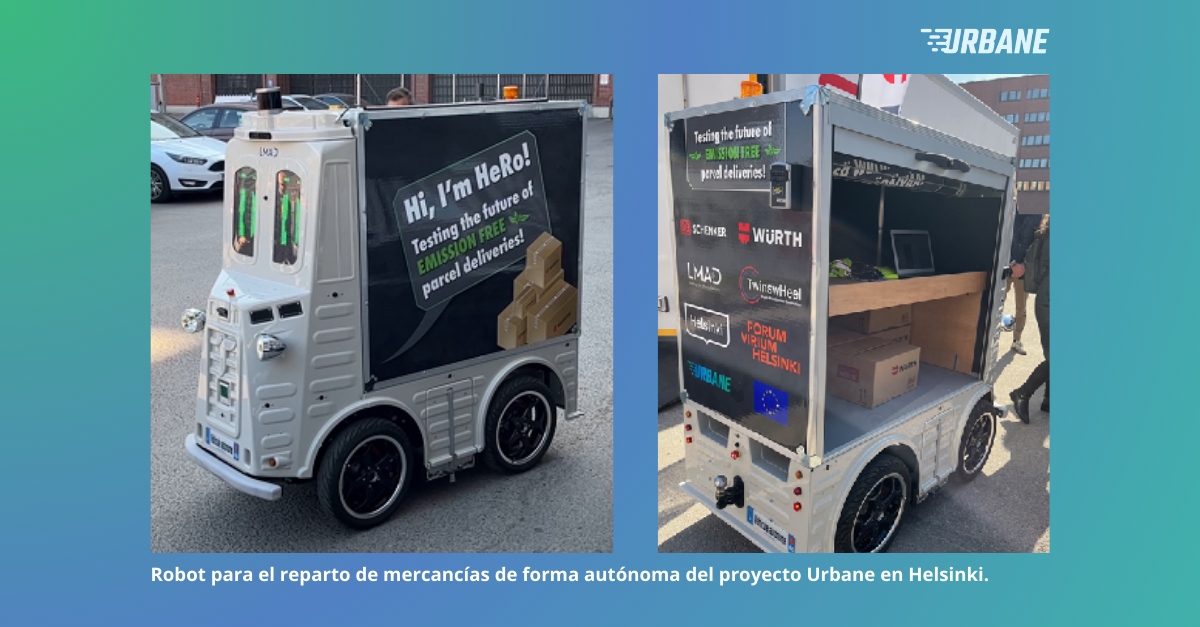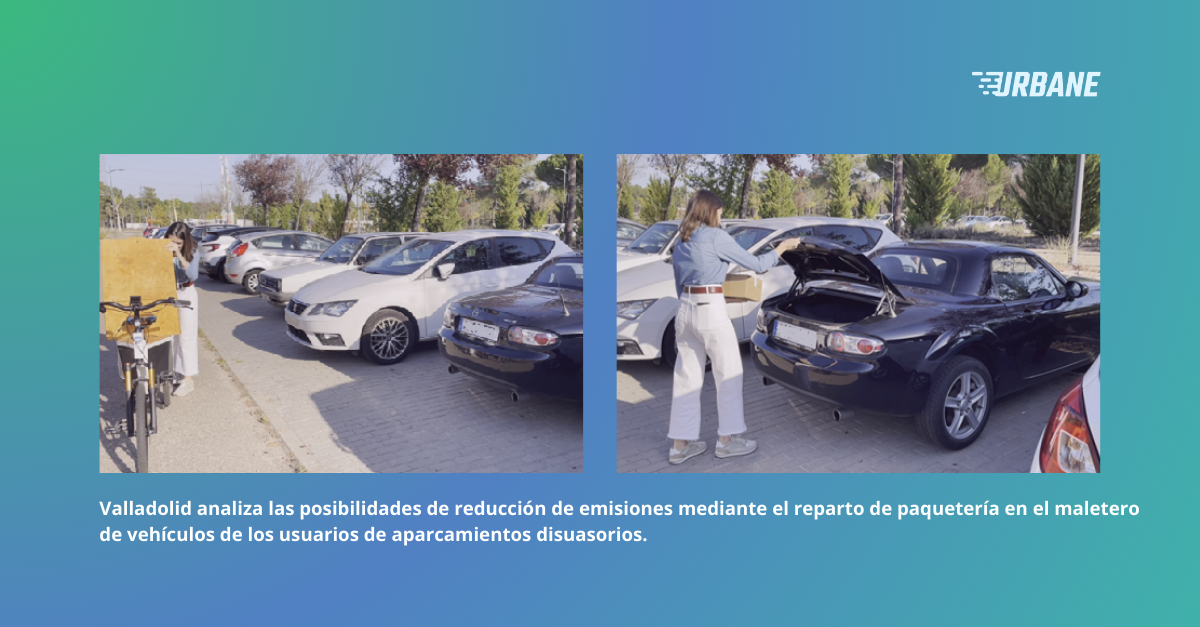Urban goods distribution, DUM, is one of the factors that has the greatest impact on city traffic because of the number of vehicles, their frequency and the special needs it requires, such as loading and unloading areas or access to pedestrian areas for large vehicles. In addition, last mile delivery has multiplied in recent years. And with it, noise, increased road insecurity, environmental pollution, CO2 emissions...
The rise of e-commerce is one of the causes of the increase in home delivery, both for food and other products. In addition, new consumer habits imply very fast services and logistics that are increasingly geared to the immediacy of response.
Finding innovative ways to reduce the carbon footprint in the urban goods distribution is the goal of the European project Urbane, in which the City Council of Valladolid participates together with Cidaut and others partners, together with the European cities of Helsinki, Bologna and Thessaloniki, which are developing its own pilot actions (living labs).
In the urban space, many types of delivery of different sectors coincide:

Vehicle innovation: promoting environmental sustainability with smaller, greener vehicles through electrification. At the same time, restrictions on access to the city centre are being promoted through Low Emission Zones (LEZs) and segmentation according to how polluting vehicles are.


Innovative proposals in delivery methods: automated vehicle systems (robots) which are able to travel the route to the recipient on their own are being tested. Also, the use of automated lockers that make it easier to pick up a parcel, or that are even mounted on autonomous vehicles. Other tests include delivery systems in the boot of the recipient's private vehicle, parked in a deterrent car park outside the city centre, which the owner can open remotely; or even the use of drones.


We will be telling you more about urban delivery solutions in our blog.